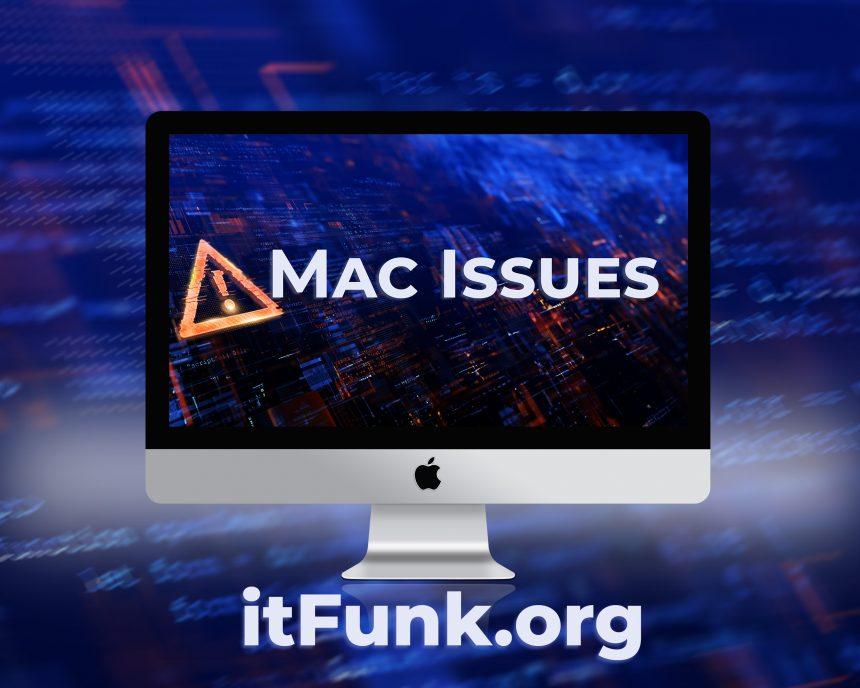iLeakage is a sophisticated security vulnerability that exploits modern CPUs’ speculative execution mechanism to establish a covert channel for information leakage. This vulnerability poses a significant threat to user data and privacy, particularly on Apple devices powered by A-series and M-series ARM processors released from 2020. In this essay, we will delve into the nature of iLeakage, the potential ways it can affect your Mac, and discuss the challenges involved in removing it.
Understanding iLeakage
iLeakage is a security vulnerability that primarily targets modern CPUs, taking advantage of speculative execution. Speculative execution is a performance optimization mechanism in central processing units (CPUs) that allows them to predict and execute instructions ahead of time to improve processing speed. This mechanism has been previously targeted in vulnerabilities like Spectre, but iLeakage employs a timer-less and architecture-agnostic approach, making it particularly challenging to detect and mitigate.
Key Aspects of iLeakage
- Speculative Execution: iLeakage leverages speculative execution, a common feature in modern CPUs, to create a covert channel for information leakage. This channel allows data to be extracted without being readily apparent.
- Cache Hits and Misses: The vulnerability uses race conditions to distinguish between cache hits and misses, enabling it to access sensitive information stored in CPU caches.
- Bypassing Apple’s Hardening Measures: iLeakage is notable for its ability to surpass Apple’s security measures, making it a highly sophisticated and concerning threat.
Ways iLeakage Can Infect Your Mac
iLeakage poses a significant threat to Apple devices, particularly those equipped with A-series and M-series ARM processors from 2020 onwards. This vulnerability can affect your Mac in the following ways:
- Malicious Webpages: iLeakage can be exploited using a malicious webpage, which, when visited, can trigger the vulnerability. This can lead to the leakage of sensitive data from your Mac.
- Data Exposure: In a practical scenario, iLeakage can be used to recover data from your Gmail inbox and even extract passwords that are autofilled by credential managers, putting your email communications and account credentials at risk.
Removing iLeakage
Addressing iLeakage is a complex task, and it involves a combination of hardware and software measures. It is essential to keep in mind that iLeakage is a hardware-based vulnerability, which can make mitigation more challenging. Here are some general steps to mitigate the risk:
- Update Your System: Check for system updates and apply any patches or security updates provided by Apple. These updates may include mitigations for known vulnerabilities, including iLeakage.
- Browser Security: Ensure that your web browser is up to date and has security features enabled. Additionally, be cautious when visiting unfamiliar or suspicious websites to minimize the risk of encountering malicious webpages that exploit iLeakage.
- Security Software: Consider using reputable security software that can help detect and block threats like iLeakage. These tools can add an extra layer of protection to your Mac.
- Regular Backups: Regularly back up your data to safeguard against data loss or unauthorized access in case of a security breach.
Conclusion
iLeakage is a sophisticated hardware-based security vulnerability that exploits speculative execution in modern CPUs. While the likelihood of practical real-world attacks is relatively low due to the required technical expertise, the threat it poses underscores the importance of vigilant cybersecurity practices. Apple has been alerted to this vulnerability, and users are encouraged to keep their systems and software up to date to mitigate the risk. As hardware vulnerabilities like iLeakage persist, ongoing efforts to address potential threats to user data and privacy are essential in the ever-evolving landscape of cybersecurity.





